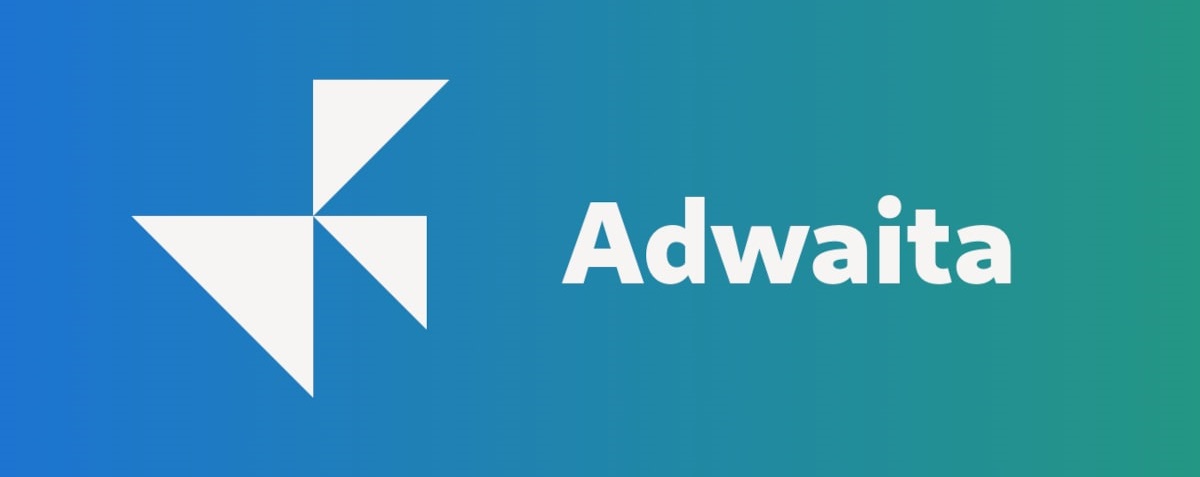
libadwaita is based on the libhandy library and is positioned to replace this library,
The project GNOME recently announced the release of the Libadwaita 1.3 library., which includes a set of components for designing the user interface that is compliant with GNOME HIG (Human Interface Guidelines). The library includes ready-to-use widgets and objects for creating applications that conform to the general GNOME style, whose interface can be responsively adapted to any size screen.
The libadwaita library is used in conjunction with GTK4 and includes components of the Adwaita skin used in GNOME that have been moved from GTK to a separate library.
Moving GNOME images to a separate library allows changes needed for GNOME to be developed separately from GTK, allowing GTK developers to focus on the basics and GNOME developers to push their own style changes faster and flexible without affecting GTK.
The library includes standard widgets that cover various interface elements such as lists, panels, edit blocks, buttons, tabs, search forms, dialogs, etc. The proposed widgets allow you to create universal interfaces that work smoothly both on large screens of PCs and laptops, and on small touch screens of smartphones.
The app interface dynamically changes based on the screen size and available input devices. The library also includes a set of Adwaita styles that bring the look and feel to the GNOME guidelines without the need for manual customization.
Main new features of libadwaita 1.3
In this new version that is presented from Libadwaita 1.3, it has been implemented AdwBanner widget, which can be used instead of the GTK GtkInfoBar widget to display banner windows containing a title and an optional button. The widget content is transformed based on size and animation can be applied when showing and hiding.
In addition to this, it is also highlighted that AdwTabOverview widget added, designed for a visual overview of tabs or pages which are displayed using the AdwTabView class. The new widget can be used to organize tabbed browsing on mobile devices without creating your own switcher implementation.
By default, the selected tab has a live thumbnail and other thumbnails are static, but applications can choose to use live thumbnails for specific pages. They can also control the alignment of the thumbnails in case they get clipped.
Also, it is mentioned that a widget was added AdwTabButton to display buttons with information about the number of open tabs in AdwTabView that can be used on a mobile device to open tab browsing mode.
In addition to that, the AdwViewStack, AdwTabView and AdwEntryRow widgets now support accessibility tools, plus a property has been added to the AdwAnimation class to override disabling animations in system settings.
Of the other changes that stand out from this new version:
- The AdwActionRow class now has the ability to select subtitles.
- The title-lines and subtitle-lines properties have been added to the AdwExpanderRow class.
- The grab_focus_without_selecting() method has been added to the AdwEntryRow class, by analogy with GtkEntry.
- The async choose() method has been added to the AdwMessageDialog class, similar to GtkAlertDialog .
- Added drag and drop API calls to the AdwTabBar class.
- Since GTK now allows changing texture filtering,
AdwAvatarCorrectly scales custom images, so they don't appear pixelated when scaled down or blurry when scaled up. - Added the ability to use dark style and high contrast mode when working on the Windows platform.
- Selected list and grid items are now highlighted with the color used to highlight active items (accent).
Finally, if you are interested in knowing more about it, you can check the details in the following link. It is also worth mentioning that the library code is written in C language and is distributed under the LGPL 2.1+ license.